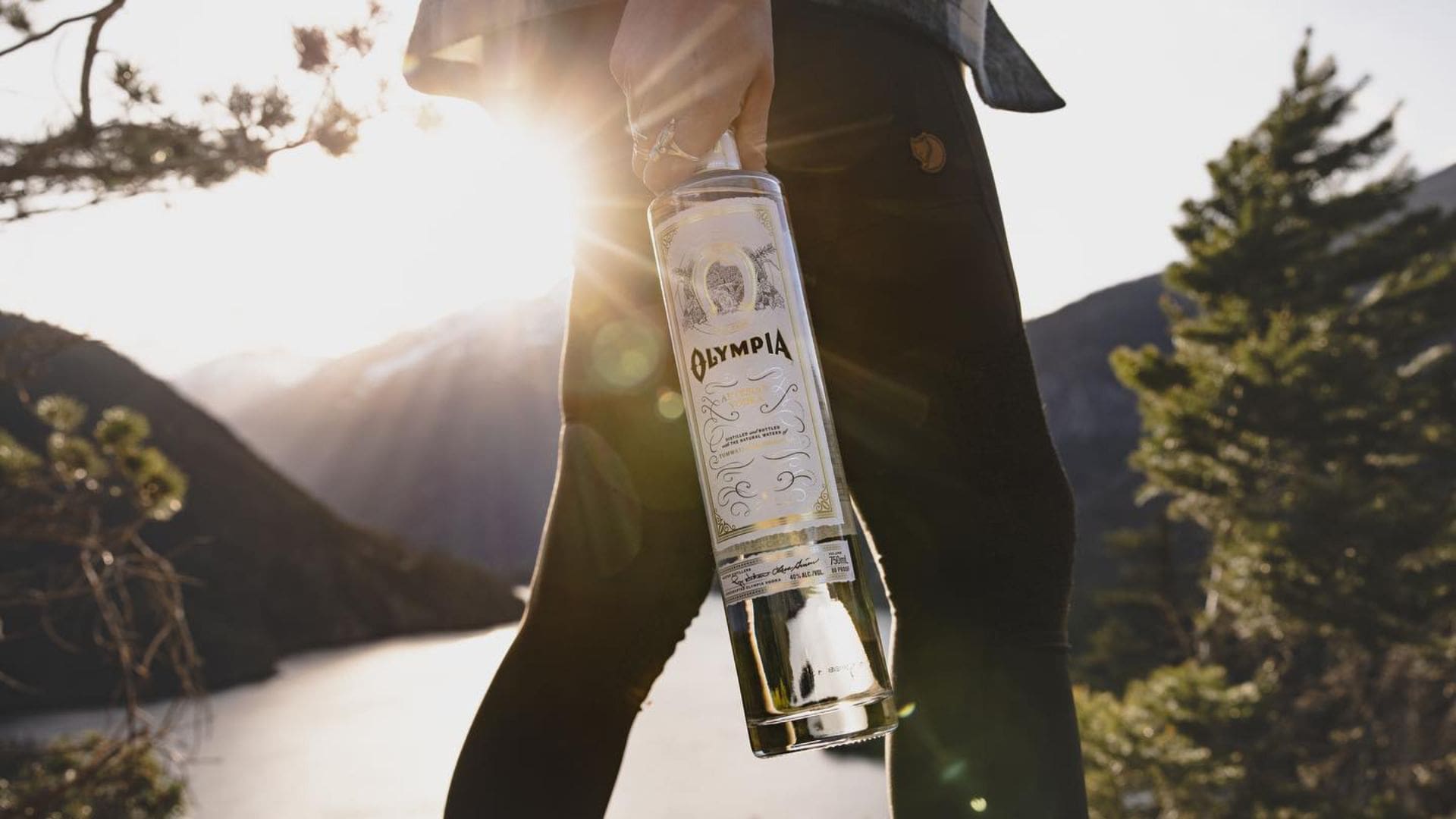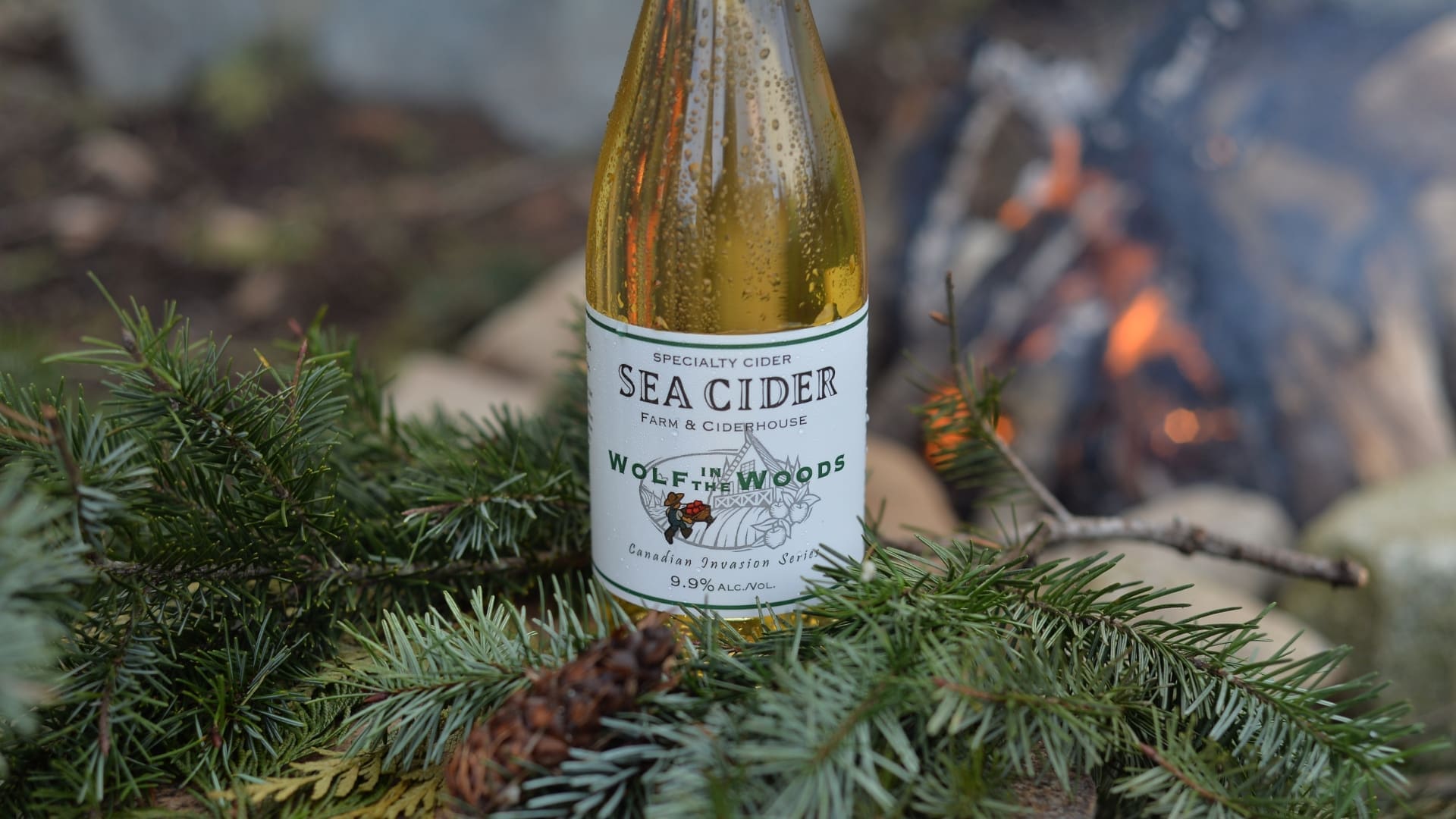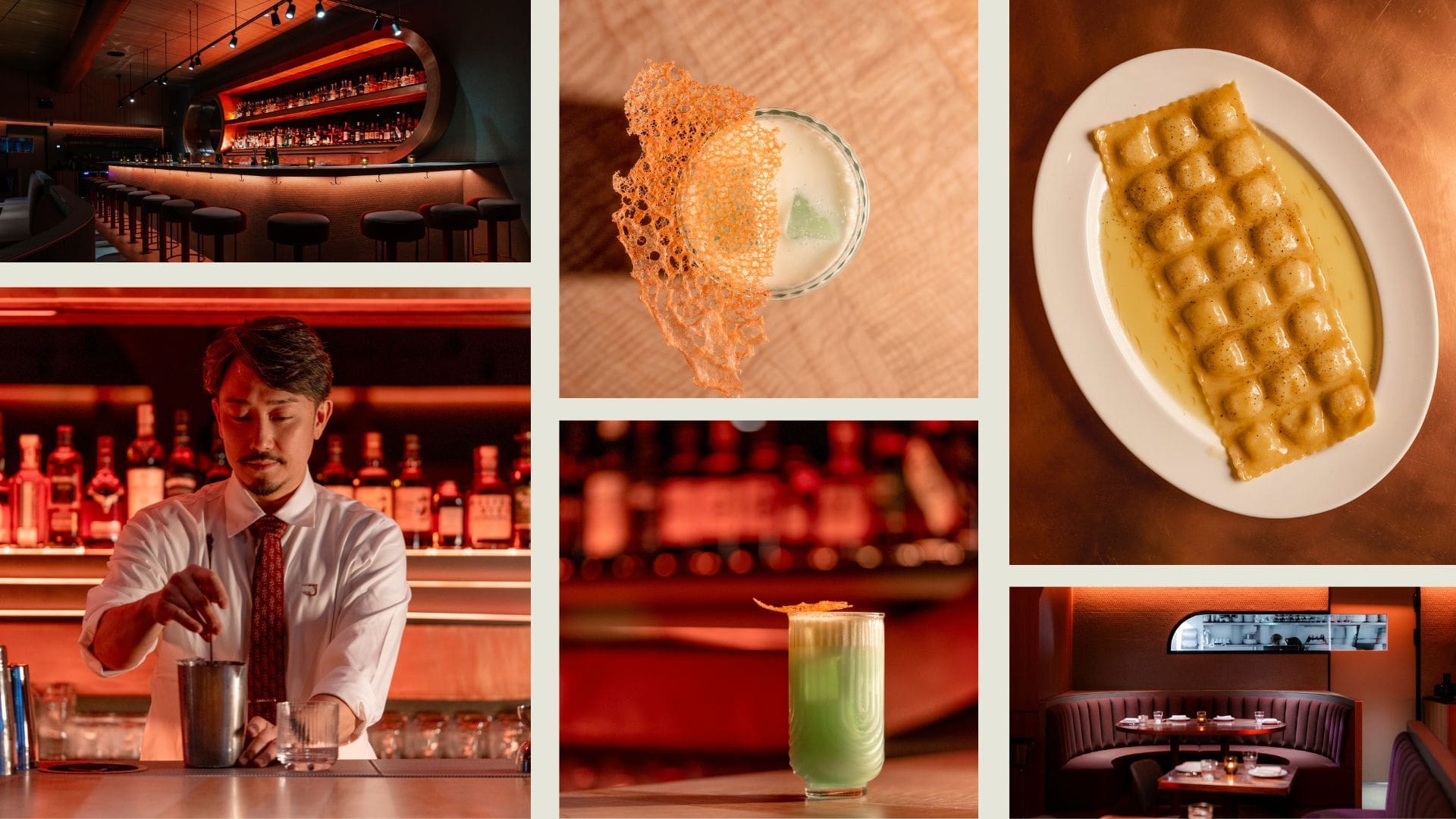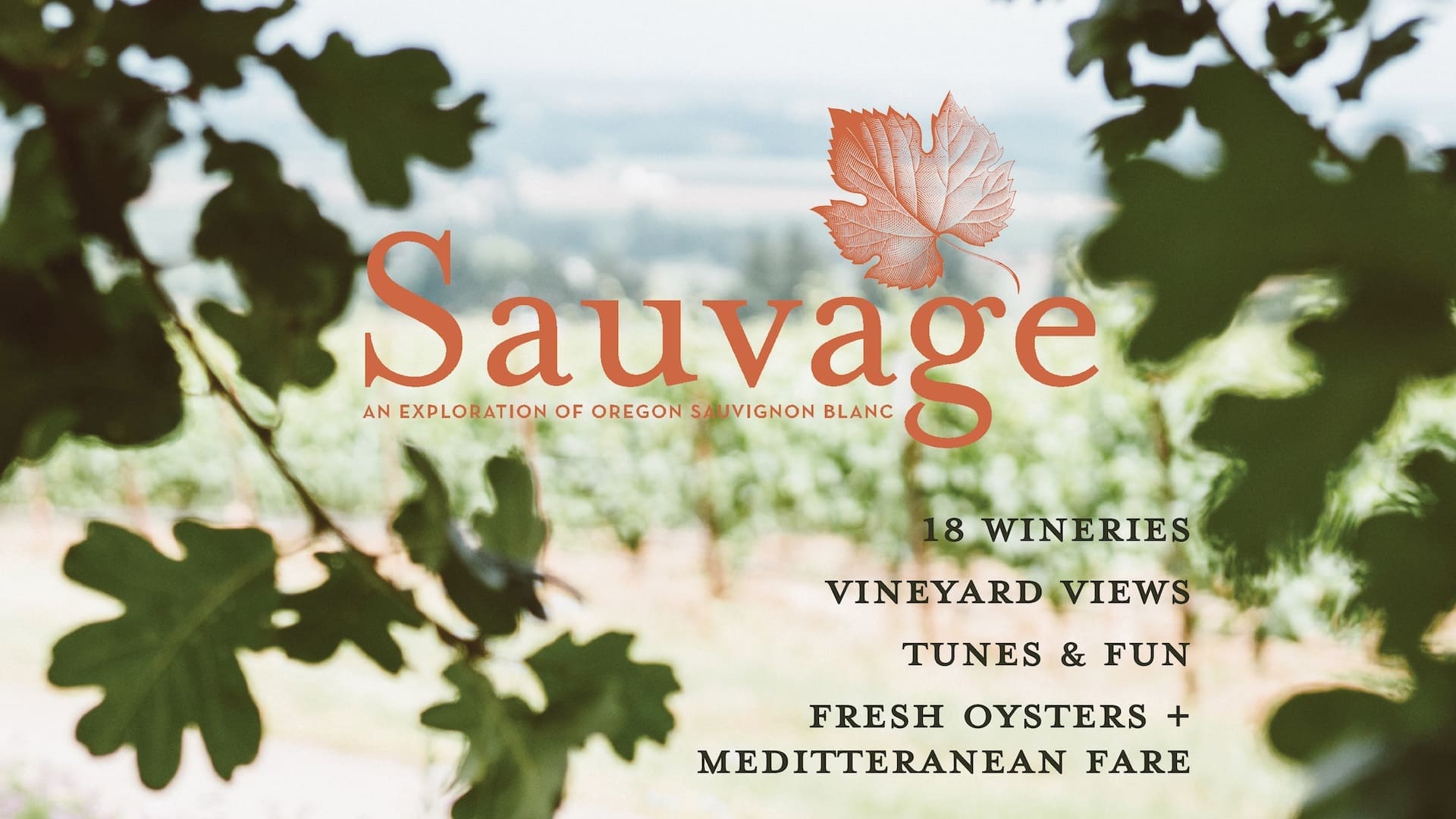Fruit wines don’t generally hold their own against table wines, due to the cloying sweetness found in many fruit wines produced in North America. With the help of winemakers that eschew the practice of adding sugar to naturally sweet fruit however, fruit wines are worth adding to your cocktail repertoire. They can be mixed simply with sparkling water or wine, mixed into a sour-style drink like the Cosmopolitan, or paired with gin in a bramble style of cocktail.
Lulu Winery, located in Richmond, British Columbia produces table wine, fruit wine and ice wine. They produce more than a million bottles annually, over 80 percent of which are ice wines, made from Riesling, Pinot Gris Chardonnay, Viognier, Merlot and Pinot Noir grapes. They are the largest exporter of ice wine from Canada, exporting about 50 pervent of B.C. wine, largely to Taiwan and China.
At a recent visit, I tasted through a number of Lulu’s wines, and while the ice wines were delicious, it was the fruit wines that really piqued my interest. Lulu produces blueberry, raspberry and passion fruit wines. They clock in at about 12 percent alcohol and have no added sugar. This makes the wines much less sweeter, yet more complex and interesting than many other fruit wines.
Kathryn Haley, who works in marketing for Lulu Winery, was the host at our tasting. She says they used to produce a cranberry wine as well, but it proved to be too tart for consumers. “A lot of people that come to taste at Lulu, have an expectation that fruit wines will be sweet, because many of the other fruit wines out there have added sugar. That’s why you’re getting that dryness,” she says. “It has a nice, dry edge to it. That’s why we made cranberry and probably why we aren’t going to make it again! A lot of people thought it was going to taste like ocean spray cranberry cocktail, but really it was more like biting into a fresh cranberry. For most people it was just too tart.”
Lulu’s blueberry wine, which is the top selling fruit wine they produce, is made by mashing whole berries, which adds some of the tannic quality of the skins to the wine. About 14 pounds of blueberries—grown right in Richmond—are used to make one 500 milliliter bottle of blueberry wine. The fermentation process is 90 days from crush through bottling, and includes both hot and cold fermentation in stainless steel tanks. The wine is filtered multiple time to reduce any sediment found in the bottle. The result is a dry wine, full of fresh blueberry flavor, perfect for sipping straight, over ice, or mixed into a simple cocktail.
Blueberry Bramble
1 1/2 ounces gin
1 ounce Lulu Winery blueberry wine
3/4 ounce lemon juice
Handful of fresh or frozen blueberries
Gently mash berries in the bottom of a rocks glass with the lemon juice. Add ice, pour over gin and blueberry wine, and stir to combine.












